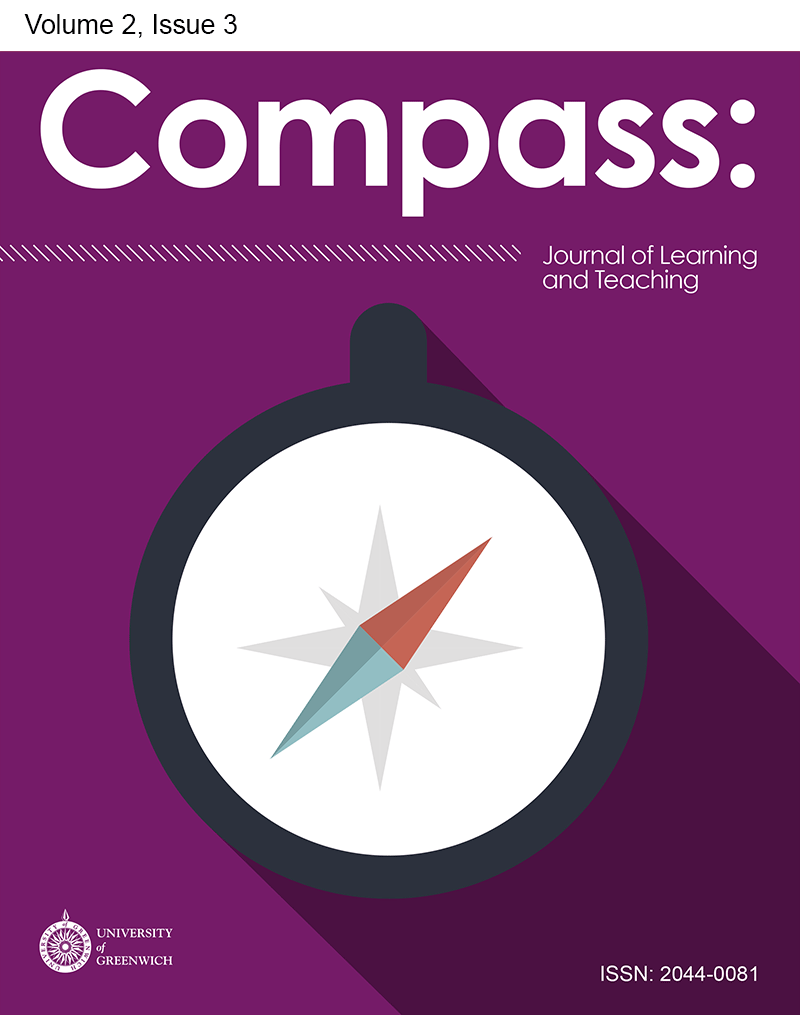Open spaces, mobile learning: findings from the iBorrow project
DOI:
https://doi.org/10.21100/compass.v2i3.47Abstract
IntroductionAugustine House was one of the most important building programmes in Canterbury Christ Church University’s history. The purpose was to create and develop a large state of the art library and student support centre that offered innovative, technology-rich facilities for staff and students to use. An important feature of Augustine House was the creation of fl exible recreational and learning spaces that would allow students to learn, work and relax in a manner and place of their choosing.
The iBorrow project was part of the second phase of the Joint Information Systems Committee’s institutional innovation programme. The aim of the project was to create a laptop loan service that was entirely self-service and that should be no more complicated than borrowing a book. Radio-frequency identifi cation (RFID) tags were placed inside iBorrow notebooks in the anticipation that the geo-location tracking data overlaid with additional information would provide a better understanding on how students use the digital and electronic resources available to them as individuals or within groups.
Downloads
Published
How to Cite
Issue
Section
License
Compass: Journal of Learning & Teaching provides immediate open access to its content on the principle that making research freely available to the public supports a more equitable global exchange of knowledge.
Works are released under the default licence of Creative Commons Attribution 4.0 International (CC BY), which provides unrestricted use, distribution, and reproduction in any medium, provided the original work is properly cited. If authors require a divergent licence, please contact the Scholarly Communications Manager at scholarlycommunications@greenwich.ac.uk.
Authors of articles published in Compass: Journal of Learning & Teaching remain the copyright holders to their published work and grant third parties the right to use, reproduce, and share the article according to terms of the Creative Commons license agreement applied to the work by Compass: Journal of Learning & Teaching.
Self-archiving policy: authors are permitted, and encouraged, to deposit any version of their article - submitted, accepted, and published versions - in subject and institutional repositories at any time.
If you have any queries about the choice of license, or which to discuss other options, please contact the Scholarly Communications Manager at scholarlycommunications@greenwich.ac.uk.



